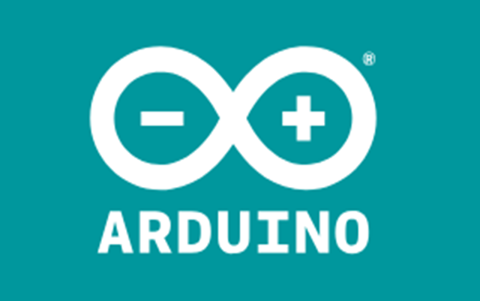Lilypad Personalised Alert Buzzer
In this lesson students will create a personalised musical buzzer by programming the LilyPad Arduino to play a sound using the Main board, Buzzer and Button, coding the note frequency in Arduino IDE. The lesson can be extended to include LED’s that light up or flash according to the note played to enable the buzzer to be used for the hearing impaired. This lesson idea was created by Toni Falusi.
Additional details
| Year band(s) | 7-8 |
|---|---|
| Content type | Lesson ideas |
| Format | Web page |
| Core and overarching concepts | Abstraction, Implementation (programming) |
| Australian Curriculum Digital Technologies code(s) |
AC9TDI8P04
Define and decompose real-world problems with design criteria and by creating user stories
AC9TDI8P07
Design the user experience of a digital system
AC9TDI8P10
Evaluate existing and student solutions against the design criteria, user stories and possible future impact |
| Keywords | LilyPad Arduino, Programming, Technology, Computer program, CSER, Computer Science Education Research Group, Toni Falusi |
| Organisation | CSER |
| Copyright | Creative Commons Attribution 4.0, unless otherwise indicated. |
Related resources
-
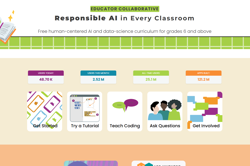
App Inventor EDU
Use this six week teaching program using a project based curriculum that allows students to explore the world of computer science through the creation of smartphone apps.
-

Classroom ideas: Micro:bit Environmental Measurement (visual and general-purpose programming) (Years 5-8)
Investigating environmental data with Micro:bits: This tutorial shows the coding needed for digital solutions of some environmental issues that can be created using pseudocode and visual programming.
-
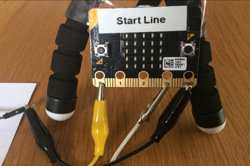
Creating a digital start line and finish line with micro:bits (Years 7-8)
The following activity suggests one-way Digital Technologies could be integrated into a unit where vehicles are being designed and produced.
-
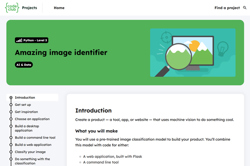
Amazing image identifier
Create a product — a tool, app, or website — that uses machine vision to do something cool. This incoporates python programming and machine learning.
-
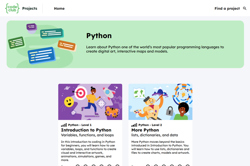
Python
Learn about Python one of the world’s most popular programming languages to create digital art, interactive maps and models.
-
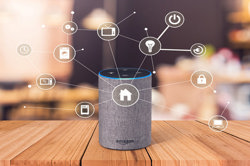
Home automation: General purpose programming
Investigate home automation systems, including those powered by artificial intelligence (AI) with speech recognition capability.
-
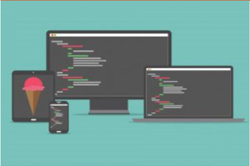
Coding in the Classroom
Through this website, educators can explore and share resources and strategies to teach coding.
-
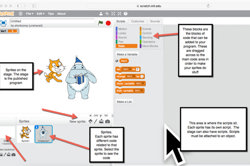
Game design
This sequence of lessons integrates game design using scratch and a Makey Makey programming board.
